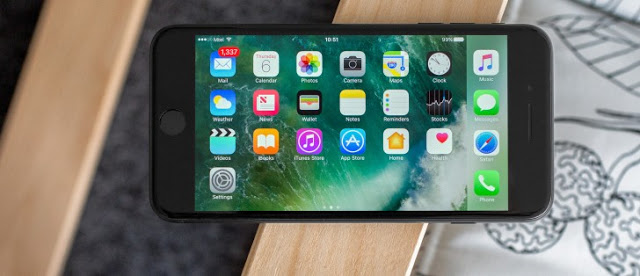The company has told its suppliers to increase their OLED display output, as well as “submit prototype screens with better resolution than ones from Samsung”. That said, it’s unclear how exactly that might be accomplished, seeing as how Samsung itself comfortably holds more than 90% market share in the mobile OLED panel business.
If Apple does go through with this display technology change, the iPhone sporting the OLED screen will be more expensive than the others, because OLEDs cost more to make than LCDs and Apple doesn’t want its profit margin to be smaller on this handset compared to the others. It’s likely that the initial supplier for the OLED panels will be Samsung, but Apple reportedly wants LG Display, Japan Display, and Sharp to be ready to step in around 2018.
On the other hand, there’s still a chance that we won’t see an OLED iPhone in 2017, since that is just one of “more than 10” prototypes that Apple is currently testing.













